In multiplayer games, players often create traps to automatically eliminate other players or computer-controlled characters. This article presents a compilation of basic traps with brief instructions, assuming the reader already knows the fundamentals of trap construction. While most traps are categorized as mechanisms, a few may not fall into this classification.
Gurugamer's upcoming article will highlight the top 10 traps that can be crafted in Minecraft version 1.20.
1. Trick house trap
This trap is designed to ensnare unsuspecting adventurers. By strategically positioning TNT at different locations around their house, with a focus on areas hidden behind buttons or susceptible to accidental ignition (such as behind an empty fireplace), you can create a dangerous setup. Additionally, placing pressure plates near their bed, each concealing TNT underneath, ensures an easy kill if the player respawns and steps on them. It's important to note that some servers classify this type of behavior as cheating or griefing.
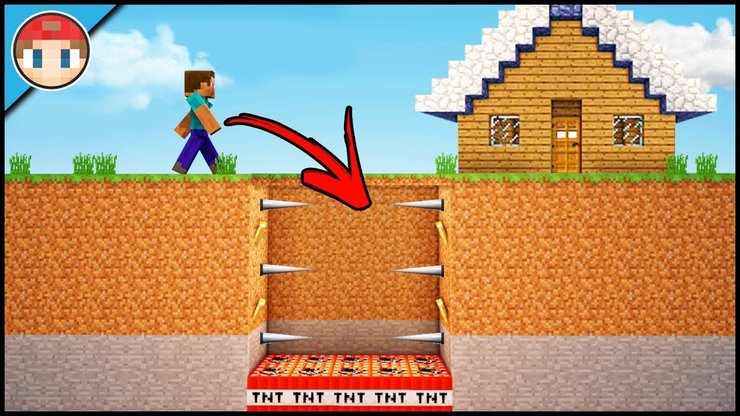
2. Instant landmine
Ordinarily, TNT provides a warning hissing sound and a delay before detonation, allowing individuals to escape from a landmine. However, a much more perilous instant-activation landmine can be constructed as follows:
- Excavate a hole in the ground measuring 3x3x3.
- Enter the hole and position yourself on one of the corners.
- Place a dirt block in the center of the hole, followed by a rail on top of it.
- Carefully position a minecart loaded with TNT on the rail, ensuring it doesn't get nudged accidentally.
- Remove the block supporting the rail to dislodge the minecart, causing it to descend one block lower. This step should not cause any damage unless the minecart is inadvertently pushed.
- Arrange a dispenser containing flint and steel above the minecart.
- Envelop the minecart with TNT, concealing it entirely, and install a pressure plate on top.
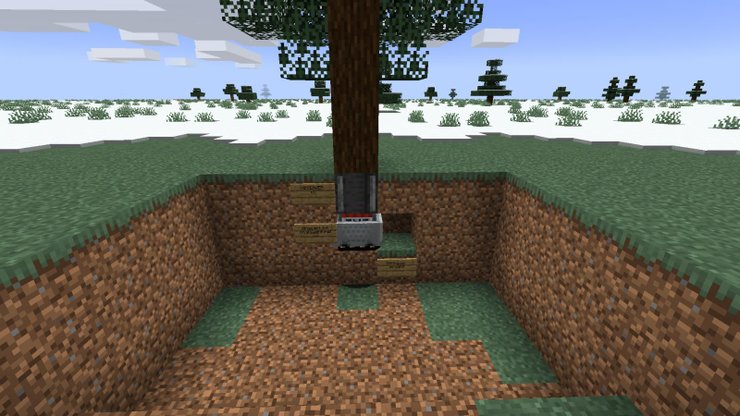
3. Pitfall traps
These traps primarily exploit fall damage to inflict harm on the intended target. By introducing a slight modification, a basic pit can become significantly more lethal:
- Create a checkerboard arrangement of cacti at the base of the pit. It's worth noting that cacti destroys items upon contact.
- To enhance the pit's efficiency without expanding its dimensions, excavate a shallow ring around the top layer. Fill this section with water to draw mobs towards the center. However, be aware that this water placement will lessen the impact of fall damage.
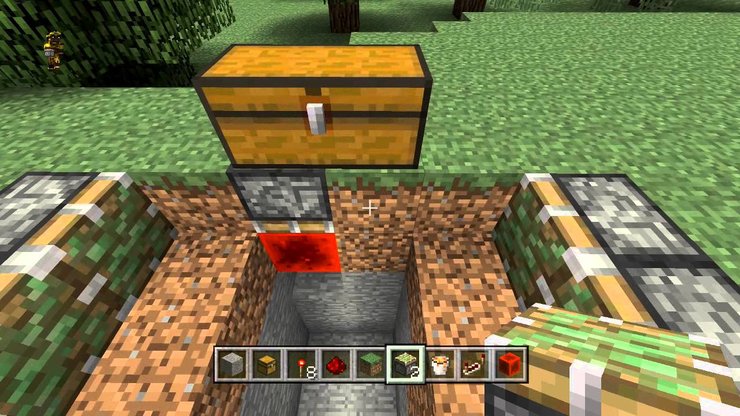
Sand Trap
When the target steps onto the trap, remove the lower sand block. It is advisable to camouflage the trap by constructing a house on top of the sand. To avoid detection, consider adding carpeting. Here are a few variations:
- Encourage the target to break the sand themselves by placing a valuable block as the lower block.
- Automate the trap by attaching a piston to the lower sand block. If you want the piston to retract when a pressure plate is activated, use a NOT Gate. Alternatively, you can utilize an observer and enticing bait to attract players interested in the valuable block you've placed.
Snowball Trap
Fill a dispenser with snowballs or any other item that causes knockback, and link it to a pressure plate. Once the target steps on the plate, the dispenser, if properly aimed, will launch a snowball, propelling the target into a pit. Alternatively, you can substitute the dispenser with a piston.
4. Fake water elevator
Create a water elevator using a soul sand bubble column, but exclude an exit at the top. The column will forcibly propel the unfortunate player upward, causing them to become trapped against the ceiling. Escaping becomes challenging because blocks break at a significantly slower pace underwater. Alternatively, obsidian can be substituted for cobblestone. This mechanism can also be employed in reverse, utilizing magma blocks, as players struggle to swim upwards. In both scenarios, players won't drown due to the presence of the bubble column. To increase the danger, you can add a sign with lava at the top, but ensure that the surrounding blocks are non-flammable to prevent a fire hazard.
5. Lava traps
Lava traps are commonly utilized to either burn the target or create a distraction for an easier elimination. However, it's important to note that most of these traps will result in the destruction of loot.
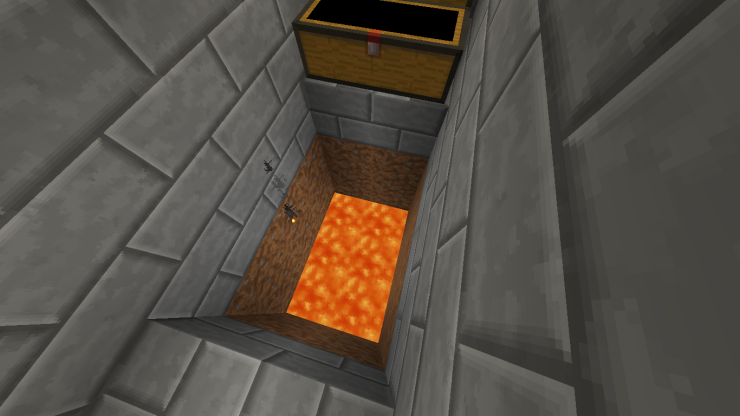
Lava Staircase Trap
This trap serves as a useful tool for players seeking to fend off attackers. To maximize its effectiveness, the player must lure the target into the staircase.
- Dig a conventional staircase downwards, preferably in a confined space for heightened efficiency.
- After a certain distance, discreetly position a stone pressure plate within the staircase. Alternatively, for better visibility in the provided schematic, a wooden pressure plate is used.
- Extend a trail of redstone dust upwards for a specific distance, ensuring that it seamlessly blends in with the rest of the staircase.
- Connect the redstone dust to a dispenser and insert a bucket of lava into it.
- When the target steps on the pressure plate, they will become trapped by the cascading lava, obstructing their ascent. Even if they possess Fire Resistance, it will take a considerable amount of time to navigate back up the staircase.
Lava Pit
Construct a pit with dimensions of at least 3x3 and a minimum depth of 4 blocks. Position lava at the top section, ladders in the middle, and water at the bottom. If you manage to lure mobs into the trap, they will be consumed by the burning lava, and their items will be collected in the water below.
>>> Read more: 8 New Features You Cannot Miss In The Minecraft 1.20 Update
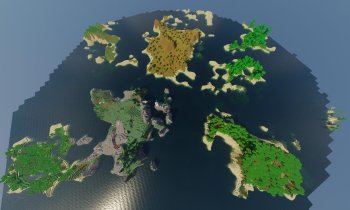
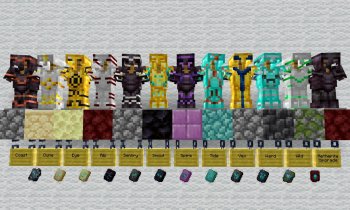








Comments